Table of Contents
Creating a bedroom space to promote restful sleep means focusing on every detail involved in the design, especially when considering the paint colours. Choose the bedroom colour combinations wisely to create a relaxed and restful retreat. It could work magic if the appropriate tones coupled with good decorations helped make the space more conducive. We’re going to explore the science and strategies behind choosing the right bedroom colours for sleep so you can make good choices, according to your comfort level and personal style.
The Science Behind Paint Colors and Sleep Quality

Colour psychology has proven that colours influence our emotional and physiological responses, even our sleep. Cool tones, such as blues and greens, tend to be calming, whereas warm tones, like reds and oranges, tend to stimulate. Your bedroom paint colours for better sleep should ideally promote relaxation and decrease stress levels. For instance, soft pastels and muted shades can lower blood pressure and heart rate, preparing your mind and body for a restful night.
Colour saturation and brightness also play a crucial role, according to research. Low-saturation shades can create a serene environment that improves sleep quality. With dim lighting and a clutter-free layout, the right bedroom colours for good sleep can make all the difference in your bedtime routine.
Best Colors for a Calm and Restful Bedroom Environment
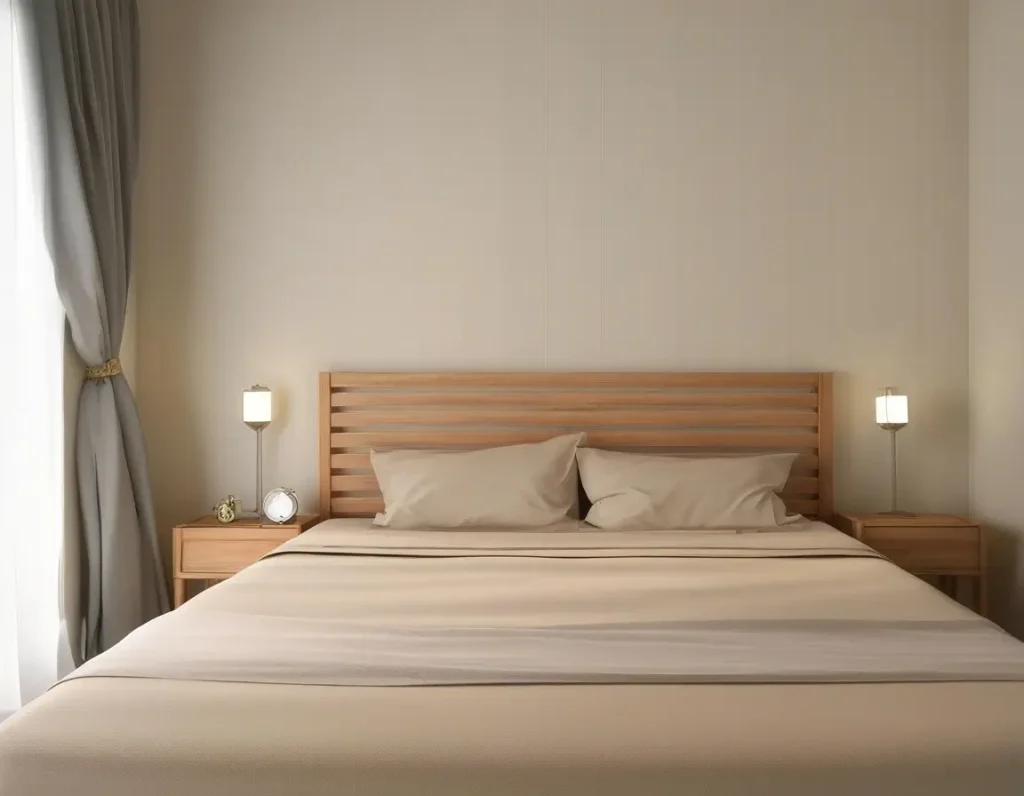
When it comes to picking some of the best colours for sleeping, soft blues, gentle greens, and neutral greys top the list. These colours are known to bring about serenity and result in a bedroom atmosphere that feels safe as well as cosy. Consider going for bedroom colours for sleep that are soothing.
For an ultra-soft look, consider some of the bedroom painting ideas by painting walls in soft lavender or sage green, which are less jarring on the eyes and encourage relaxation. You can also use a colour visualiser tool to experiment with some combinations before committing.
Cool vs. Warm Tones: Which Is Better for Better Sleep?
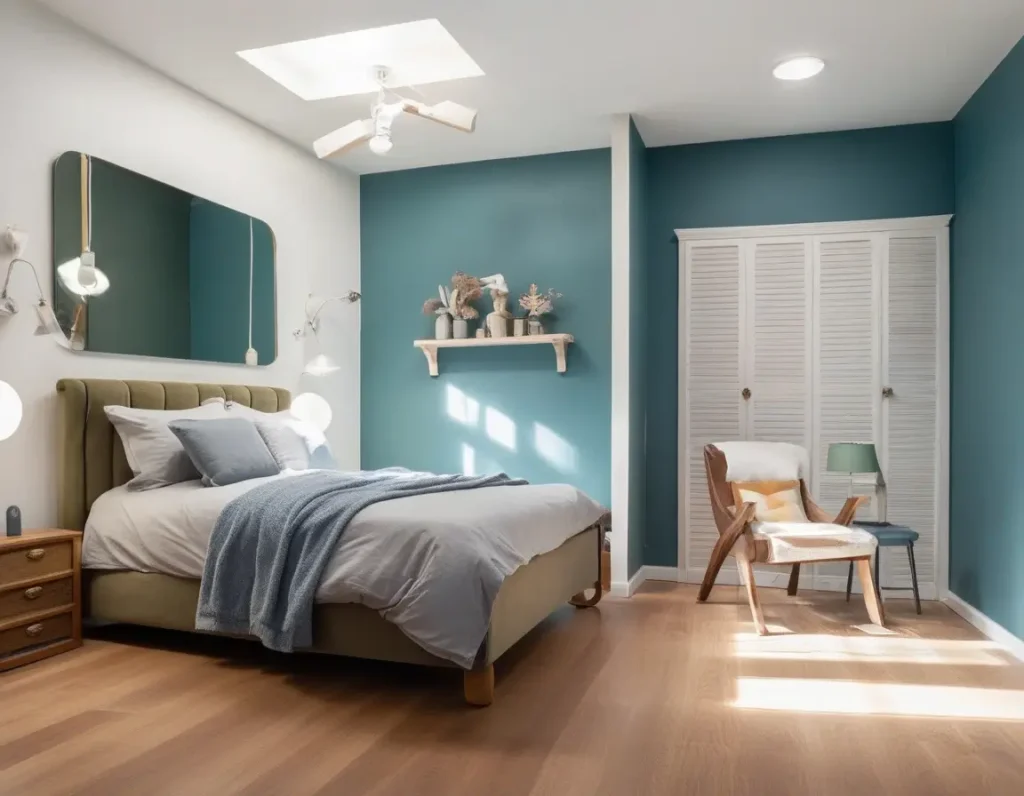
Cool colours such as blue, green, and violet are more often recommended as the ideal bedroom colours for the best sleep due to their calming nature. Those shades help reduce stress, slow your heart rate, and make a room feel cooler, and better suited for sleep.
On the other hand, warm tones like soft pink and muted peach can work out if balanced with neutral furniture and soothing lighting. Warm tones offer warmth, but it’s often wiser not to use bright shades that are highly colour-stimulating as they can hinder relaxation.
Muted Neutrals: Timeless Choices for Sleep-Friendly Bedrooms

Muted neutrals are timeless bedroom colours that can encourage better sleep. Taupe, ivory, and light grey are three versatile shades that will easily complement any furniture style. They provide a calm base for building texture design layers and patterns in your bedroom design.
For inspiration, explore house wall painting design ideas to see how neutral tones can elevate your space. Pair these hues with natural fabrics and minimal decor for a cohesive, calming look.
The Role of Blue and Green in Enhancing Sleep Quality
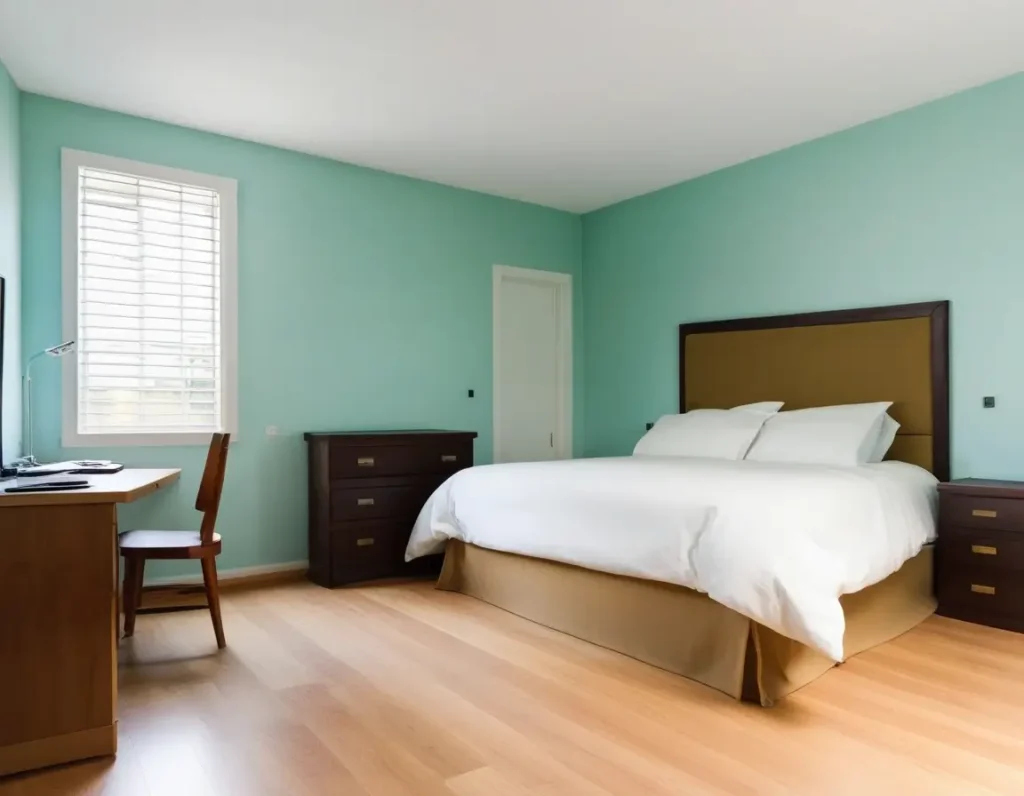
Blue and green are the best bedroom colours for sleep, as these are naturally recognized to be the most calming and soothing tones. It reminds you of the sky and greenery, thereby creating subconscious relaxation.
For a classy twist on these colours, consider navy or teal to paint an accent wall. To complete the room, put together neutral bedding and soft lighting to create a warm atmosphere for sleep. For perfection in finish and shade, you can get advice from a house painting service.
Avoiding Bold and Stimulating Colors in Bedroom Decor
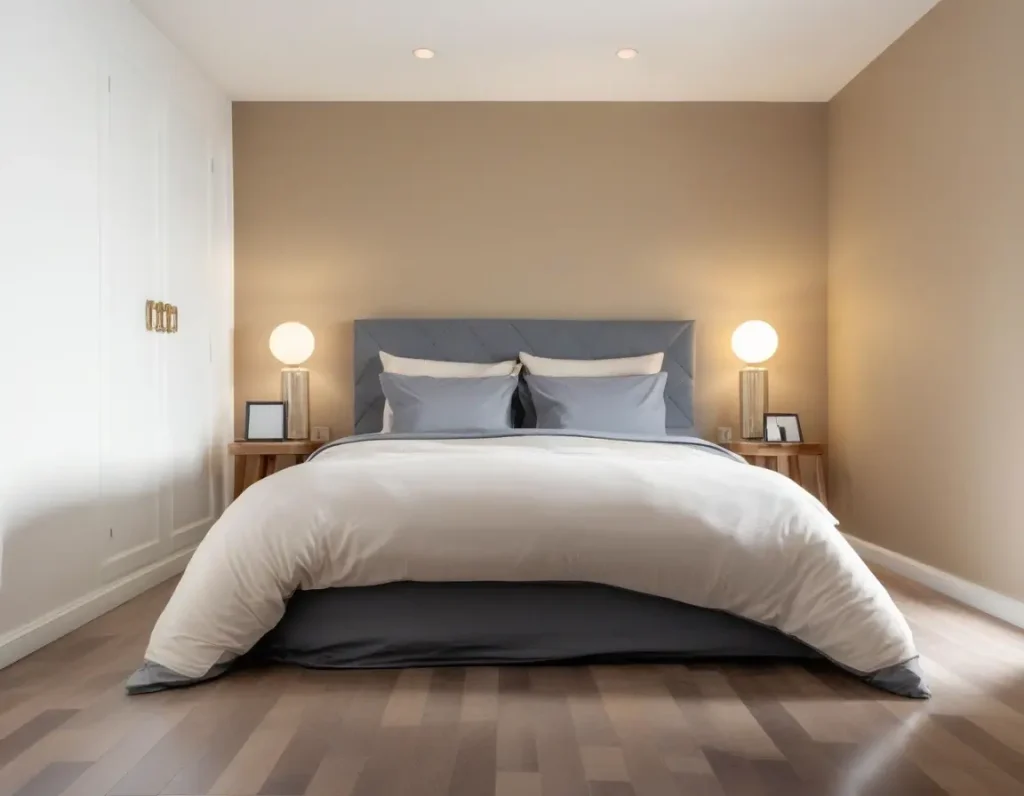
Bold colours, such as red, orange, or bright yellow, can add energy and excitement to a space, but it’s best if they’re avoided in the bedroom. These hues increase alertness and make it difficult to relax. Instead, go for soft tones that encourage serenity.
If you like bold colors, use them as decor in small quantities, but avoid them as wall colours. Textured throws or accent pillows add personality without disrupting the calmness of the room.
Pairing Wall Colors with Bedroom Furniture and Fabrics

Harmonize the colors of the walls with furniture and fabrics to achieve a complete space. Soft grey walls work really well in a light wood-furnished setting and linen bedding to make a nice sleep-friendly design.
You can use a painting calculator to calculate the exact amount of paint necessary for your project. Also find some bedroom color combinations that should go well with your color theme.
Accent Walls: Adding Personality Without Disrupting Sleep
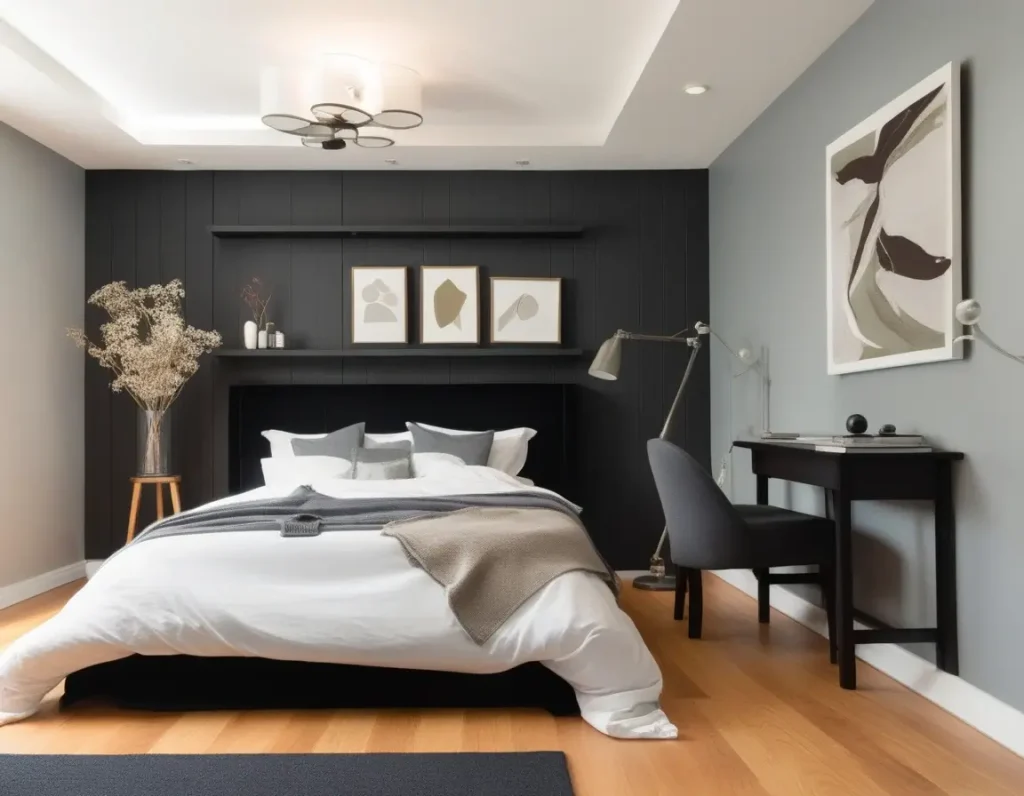
Accent walls are a great means of adding personality to the bedroom without overwhelming the space. For accent walls, choose toned-down colours such as dusty rose or pale blue to achieve a restful atmosphere.
Unique wall painting design concepts include textured finishes or patterns in subtler tones. A texture design can give your bedroom a sophistication without losing its restfulness.
Lighting and Paint Colors: Creating the Perfect Sleep Ambiance
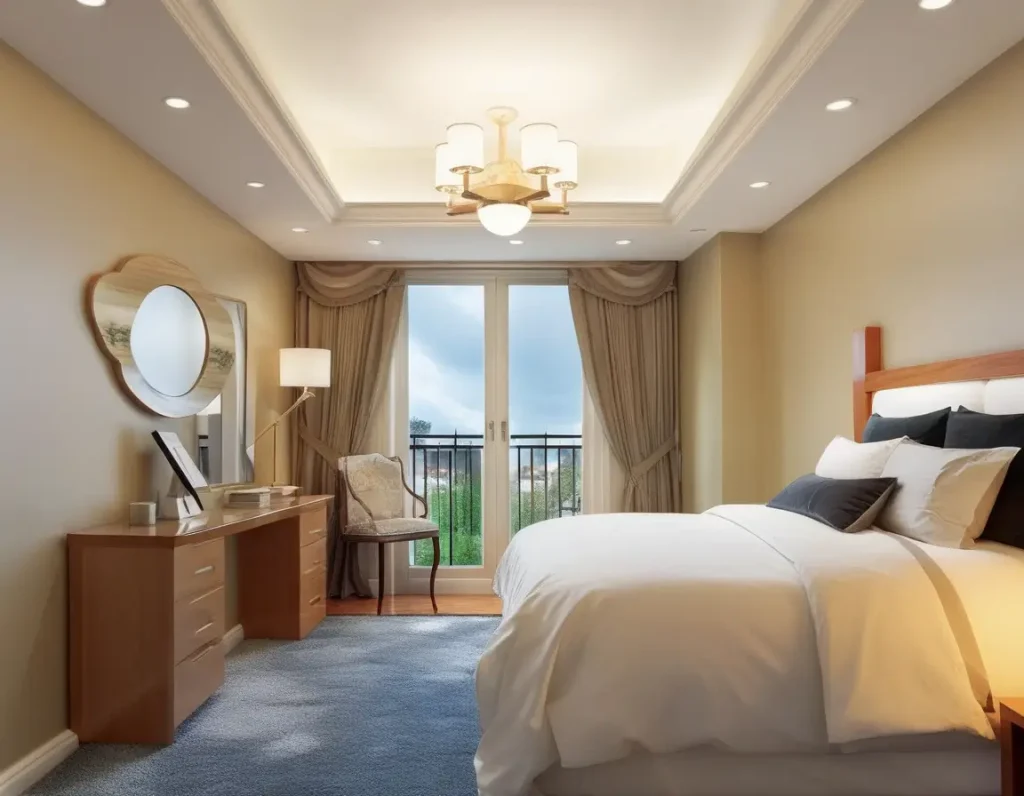
Lighting will enhance the effects of your bedroom paint colours for sleeping better. Soft, dimmable lighting blends with cooler tones and can encourage a more relaxing mood.
When natural light is scarce, consider using lighter shades for better brightness. Consult an expert interior painting service to help choose paints that adapt well under artificial lighting.
Soft Pastels for a Dreamy and Relaxing Bedroom

Soft pastel hues such as blush pink, mint green, or baby blue will make one of the greatest bedroom color choices to aid in getting a good sleep. Light and calming colors would simply create an ideal, dreamy sleeping space.
Mix pastel walls with crisp white bedding and natural fibre rugs to create a harmonious and sleep-friendly space. The colour visualizer allows you to try different combinations of pastel shades.
Earthy Tones for a Grounded and Relaxing Sleep Space

Earthy shades, such as terracotta, sand, and olive green, are ideal if you want a grounded, earth-inspired look. These colors bring warmth and serenity to the bedroom, which means a good night’s sleep.
Use these colours as part of your house colour combinations to create a balanced look. Wood or bamboo elements can be incorporated to enhance the earthy theme.
Customizing Paint Choices for Individual Sleep Preferences
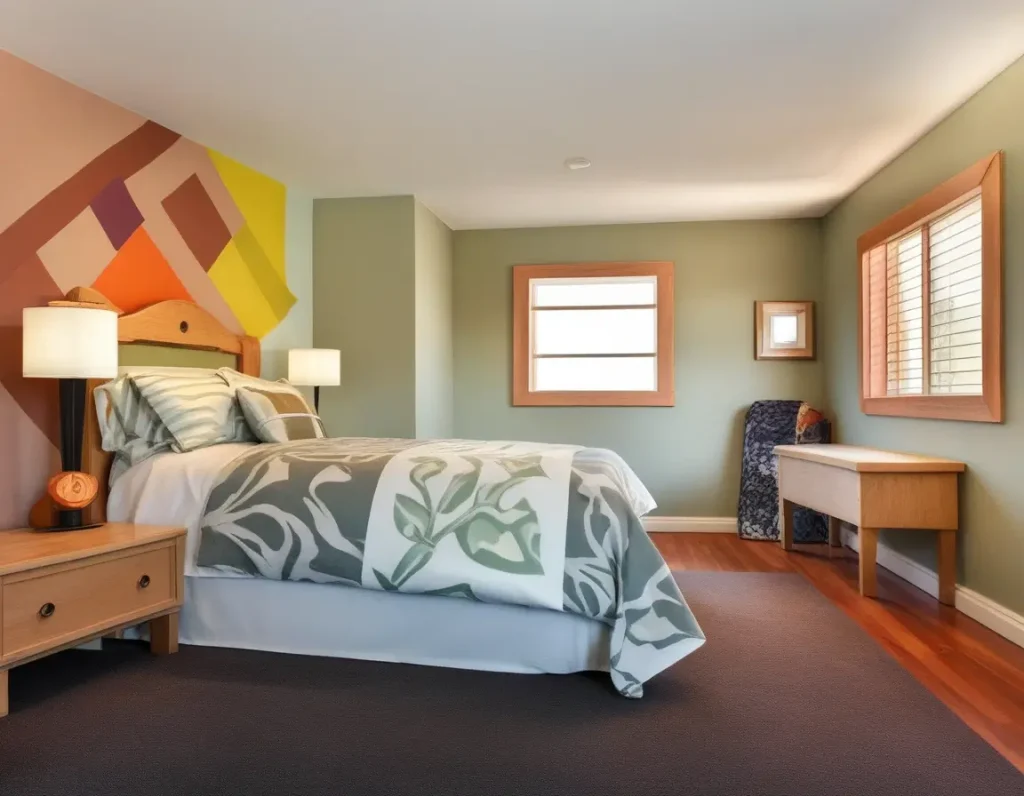
Everybody has their own needs when it comes to sleep, and therefore so should the bedroom paint color, to ensure good sleep. Work your palette according to your choice, be it serene blues, cosy neutrals, or soft greens.
For more customized suggestions, contact a house painting service that can provide expert advice on the appropriate color choices for your home.
The Psychology of White Bedrooms: Calming or Sterile?

White can be serene and sterile, depending on what is used. Want to have a cozy white bedroom? The key is to have warm lighting textures and natural materials.
You can experiment more on bedroom color combinations by pairing with soft pastels or muted neutrals.
DIY Painting Tips for a Sleep-Optimized Bedroom Makeover

You can repaint your bedroom for better sleep. Use high-quality paints and always prepare the surfaces for smooth finishing.
Need help with quantities? A painting calculator can give you an estimation of the paints needed.
Eco-Friendly Paints for a Healthy and Sleep-Enhancing Environment
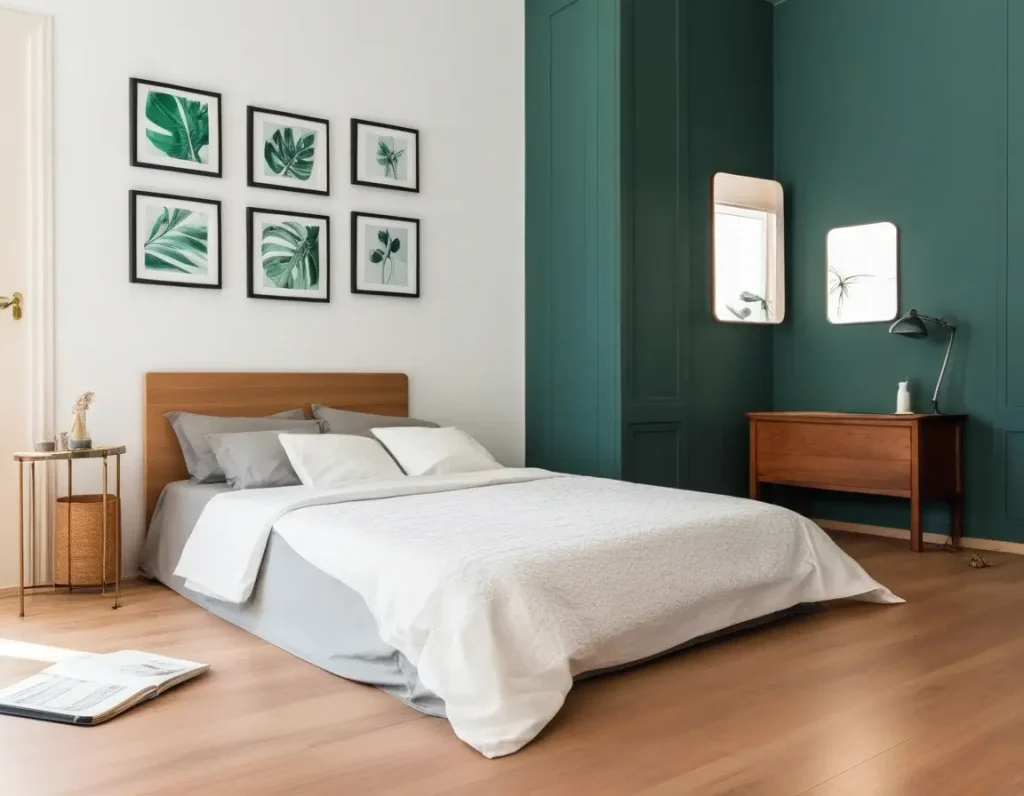
Select eco-friendly paints that are low VOC to make sure your bedroom is as healthy as possible. Eco-friendly paints create better air quality and enhance sleeping in that bedroom. Seek painting quotations from experts specializing in environmental-friendly products.
